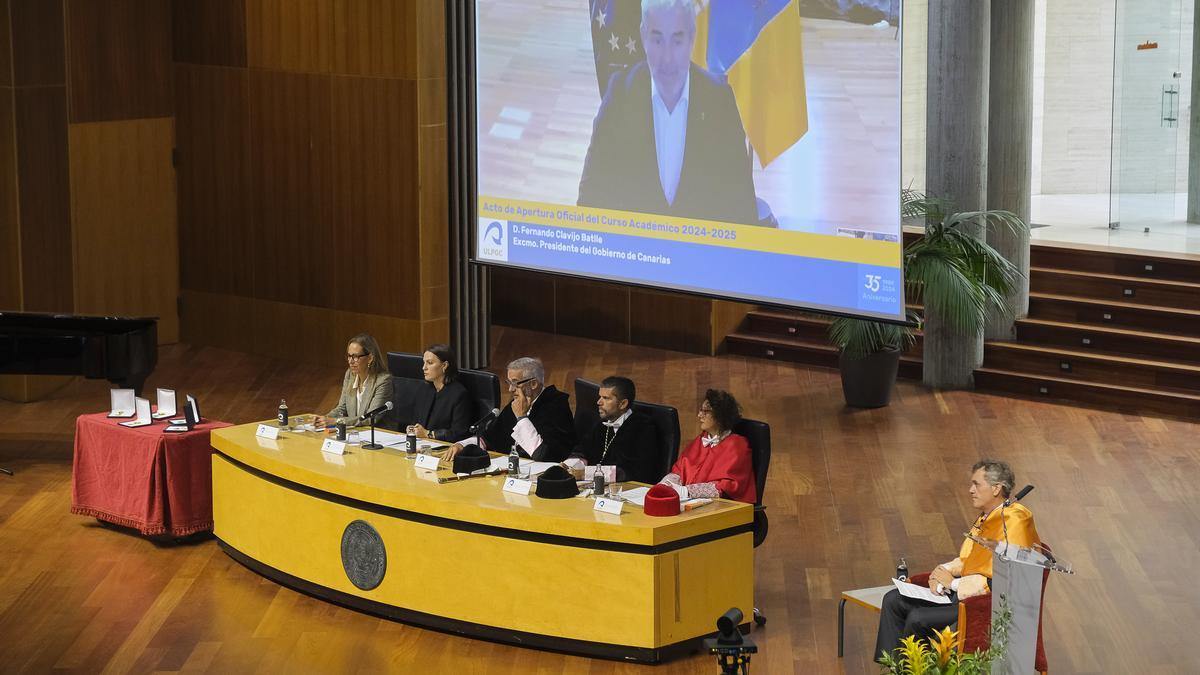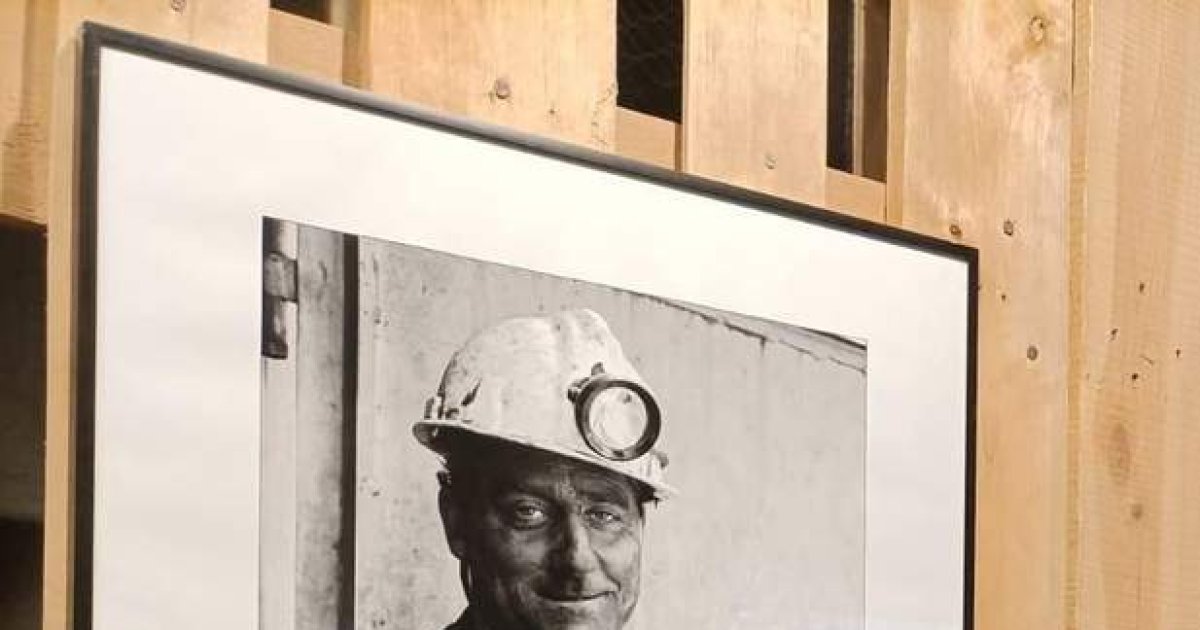Painting roofs white or covering them with a reflective layer would be more effective at cooling cities than “green roofs” with plants.And vegetation at street level or solar panels.
On the contrary, the intensive use of air conditioning It can heat the outside environment by up to 1 degree Celsius. In dense inner-city London, researchers from UCL (University College London) have found in a new study.
The research, published in Geophysical Research Letters, used a 3D urban climate model of Greater London to test the thermal impacts of different passive and active urban heat management systems, including I painted “cold ceilings”.Solar panels on roofs, green roofs, ground-level tree plants and air conditioning during the two hottest days of the summer of 2018, the warmest on record.
And I found that if adopted widely across London, cool roofs could be so… Lowering outside temperatures throughout the city On average, it is around 1.2°C, and up to 2°C in some places. Other systems, such as street-level plants or solar panels, would provide a smaller net cooling effect, of only around 0.3°C on average in London, although they provide other environmental benefits. Similarly, although green roofs provide benefits such as drainage and wildlife habitat, their net cooling effect on the city is negligible on average.
Air conditioning, which transfers heat from inside buildings to outside, It would heat up the outdoor urban environment. By about 0.15°C for the city as a whole, but up to 1°C in dense central London. The researchers also found that the incremental design of the air conditioning units in their model could be powered entirely by solar PV panels if they were similarly installed at their maximum range.
Related
A new solid state sodium battery without anode brings the reality of fast-charging, high-capacity, economical batteries closer than ever…
Related
The nonprofit organization Habitat for Humanity of Puerto Rico provided decent, affordable housing to nine families through its…
Urban Heat Management Methods
To measure the full potential impact of each method, the team modelled each method as if it were being adopted as widely as theoretically possible in residential, commercial and industrial buildings across Greater London.
“We have extensively tested multiple approaches that cities like London could use to adapt to and mitigate rising temperatures, and found that Cool surfaces were the best way. To keep temperatures down during the hottest summer days. “Other methods had many important secondary benefits, but none were able to reduce outdoor urban heat to nearly the same level.”
As the climate changes, urban dwellers are particularly vulnerable to rising temperatures. Cities typically trap heat, creating an urban heat island effect that can lead to increased discomfort and deaths among residents during hot periods. Finding ways to adapt to or mitigate this rising temperature has become a top priority for urban planners and designers, who have been exploring passive cooling methods such as cool roofs, green roofs and expanded urban vegetation, as well as active methods of cooling indoor buildings, such as air conditioning.
The study provides additional insights into urban heat management through a comprehensive comparison of several passive and active heat mitigation measures.
By reflecting heat instead of absorbing it, Cool surfaces have double benefits. To cool not only the external urban environment, but also the interior of buildings.
Related
After more than 14 years of science in space, NASA's NEOWISE (Near-Earth Object Wide-field Infrared Survey Explorer) mission has come to an end…
Related
The absence of conclusive evidence of the existence of advanced extraterrestrial civilizations in our galaxy capable of communicating with us…
Comparison of methods
Although the impact of green roofs was small on average, the researchers found that their effect on temperature varied significantly throughout the day. During the warmest hours of the day, widespread adoption of green roofs could reduce urban temperatures by an average of 0.5 degrees Celsius. However, this would be offset at night, as the thermal mass of the roofs would retain heat during the day, releasing it when it was time to sleep, sunset, and Night temperatures increase by about the same amount..
Converting urban green space from grass to deciduous tree cover would lower nighttime temperatures, but would at best have mixed net effects during the day. In addition, it would likely increase the amount of water vapor in the air, which would effectively increase air humidity and could affect occupants’ thermal comfort.





